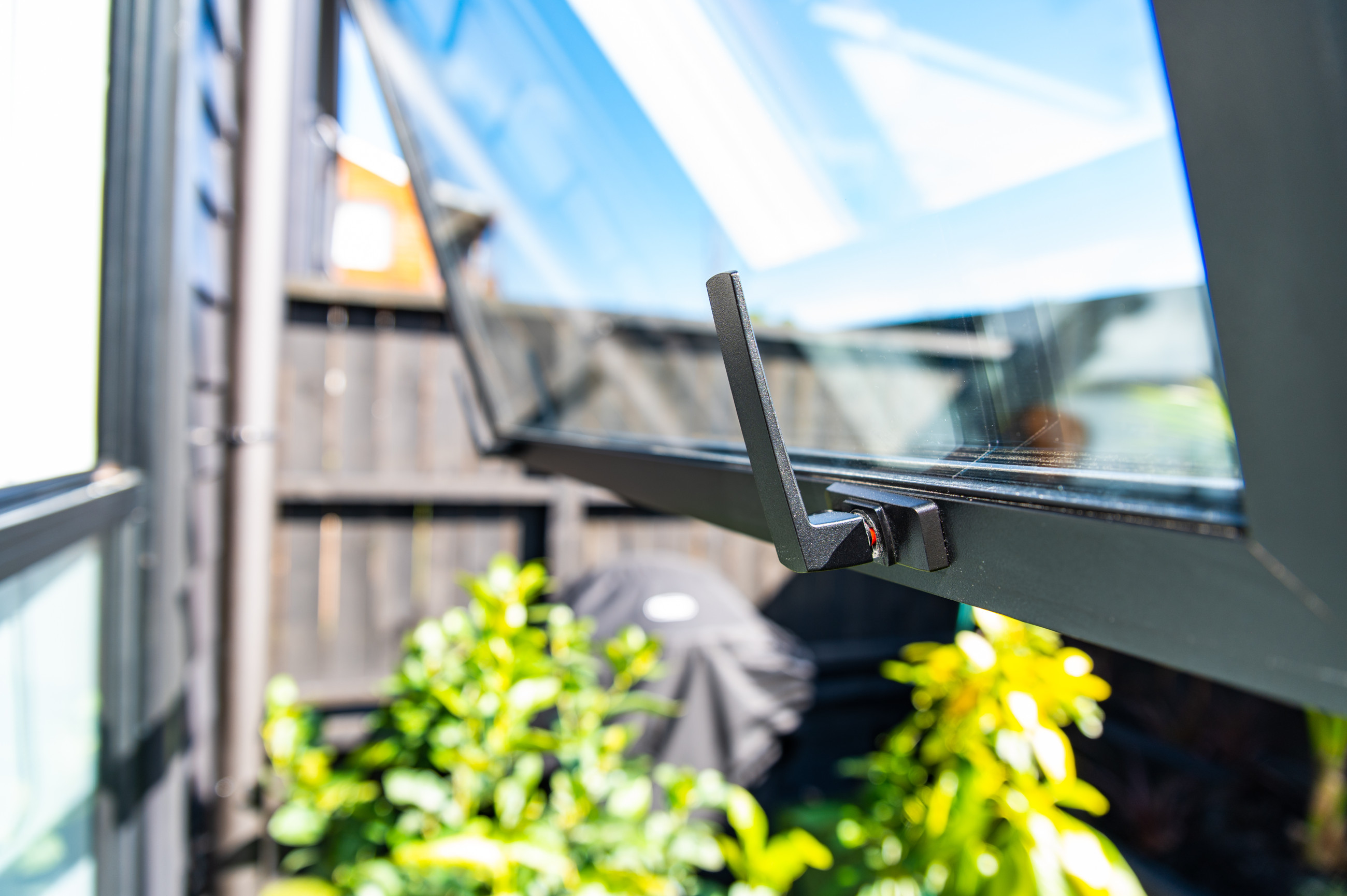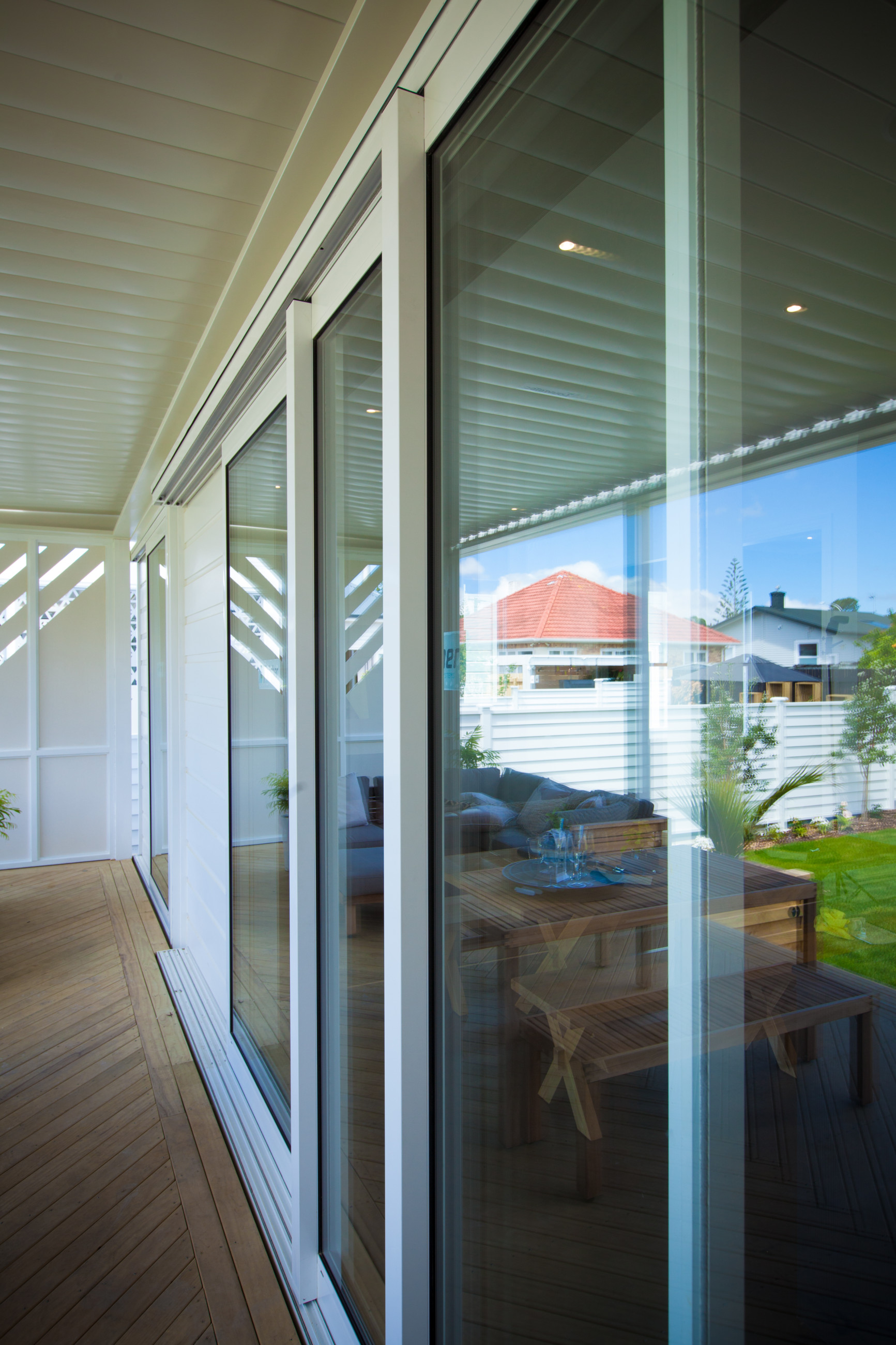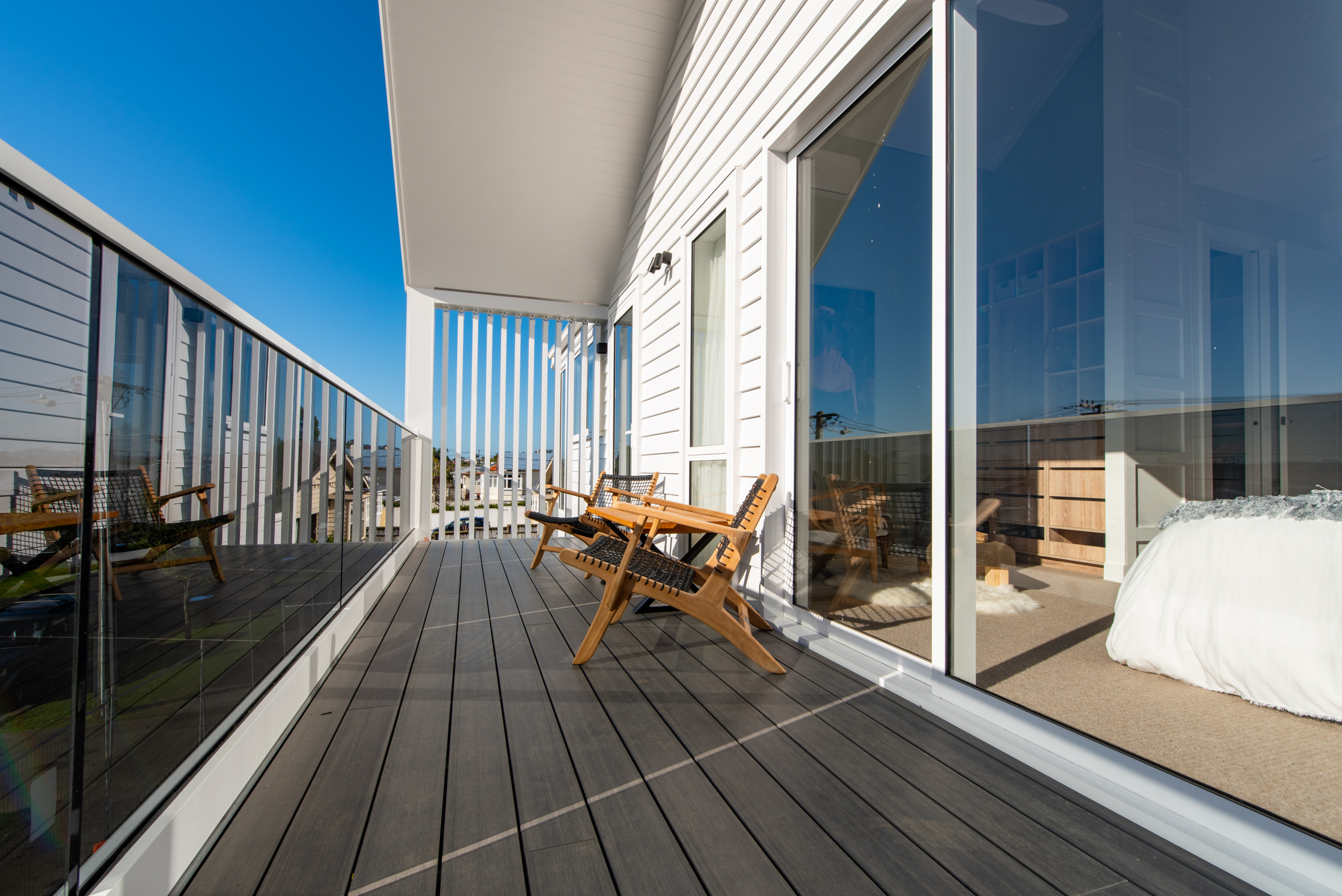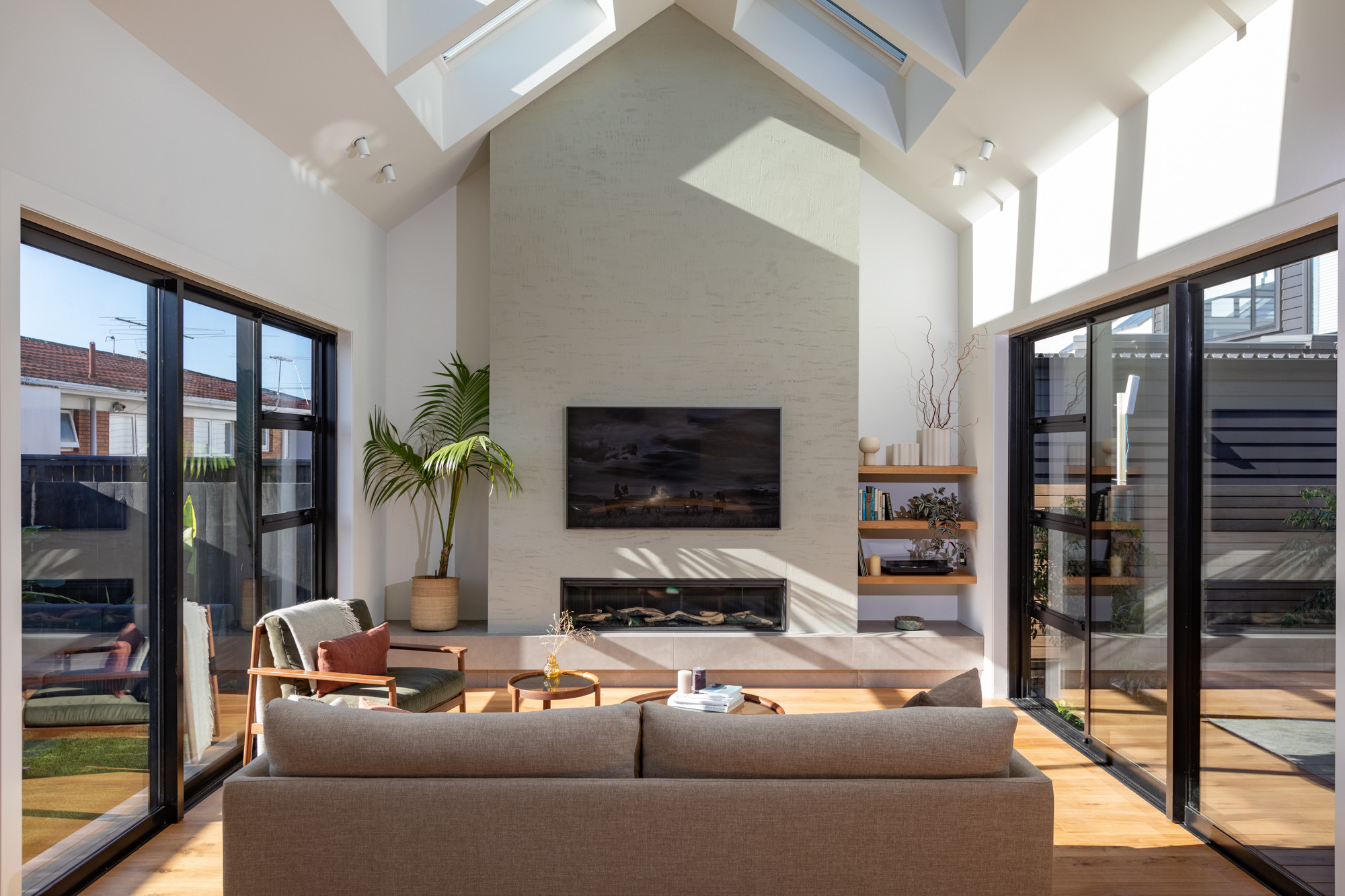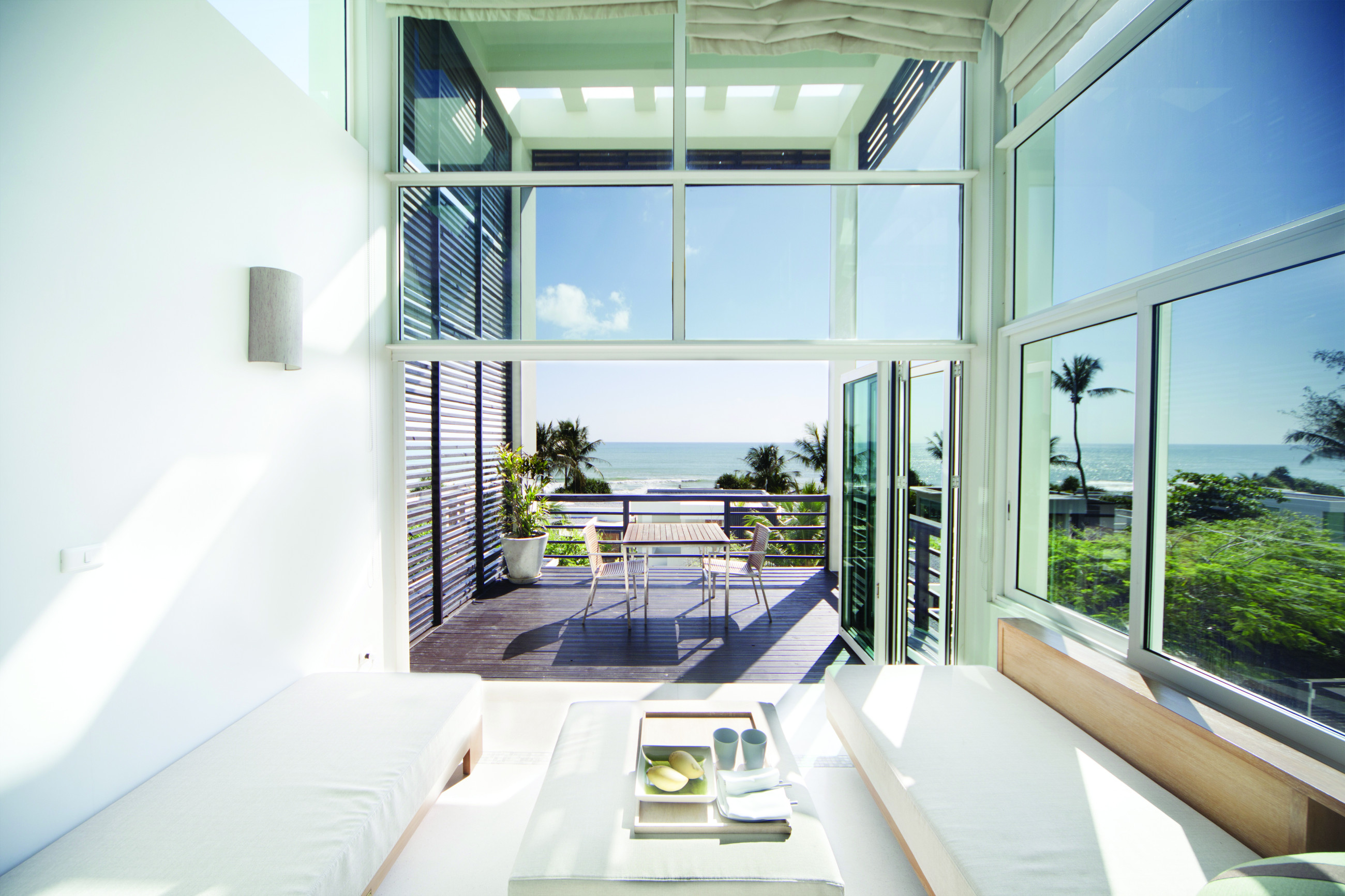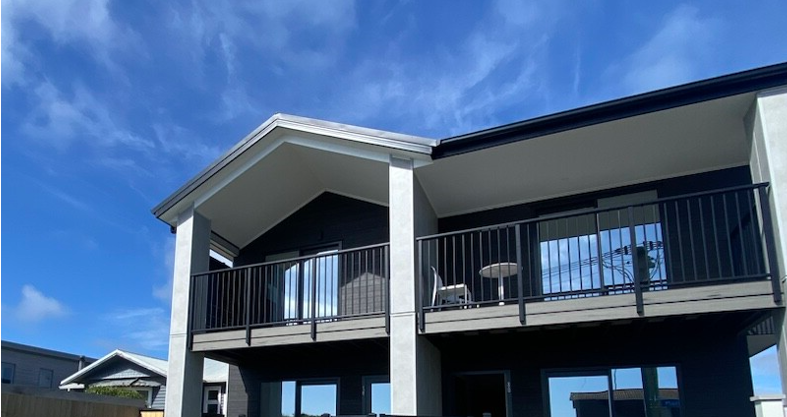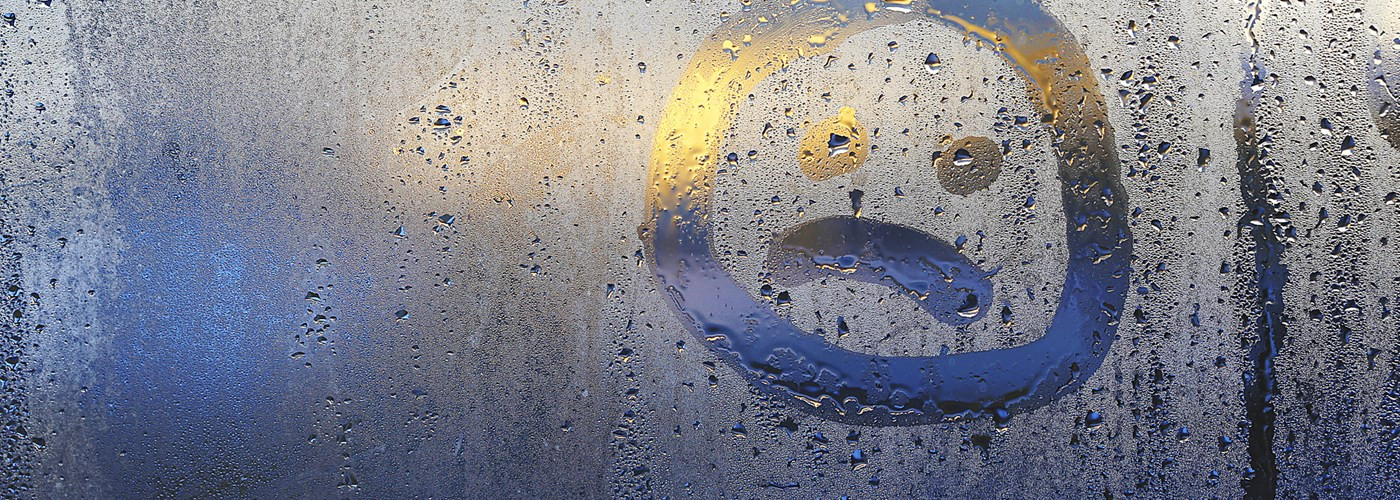Are you struggling to keep the heat in your home?
Thermal insulation is important for every home. Older single glazing is the worst culprit and is often responsible for half of all heat lost in a home. According to *MBIE up to 50% of heat is lost through your windows.
Single glazing can also lead to condensation because it lacks effective insulation. It allows the glass to become cold when outdoor temperatures drop.
How does single glazing cause condensation?
Cold Surface: Single pane windows are directly exposed to outside temperatures and when it's very cold outside, the cold travels through the single pane making the interior surface of the glass colder.
Warm indoor air or generated heat inside your home: When warm humid air inside your home comes into contact with the cold glass, it cools down rapidly causing the likelihood of condensation forming on your windows.
Condensation: The effect of warm indoor temperatures hitting the cold single pane causes a cooling effect creating moisture in the air to condense into water droplets on the glass surface.
Since single glazing can’t insulate effectively, it often results in more condensation forming especially in colder weather or high humidity areas like kitchens and bathrooms. The result of this buildup can lead to issues like mould growth, damage to window frames, and an overall damp environment to live in. That's why upgrading your single pane windows to new energy efficient double glazing can offer better insulation to help reduce condensation by keeping the glass warmer and reducing contact between warm indoor air and cold glass surfaces.
Using Low E technology with your double glazing is one of the best ways to keep your home warmer in winter.
We understand that heat loss through windows in a house can vary. That's why we have designed the perfect Low E double glazing range to suit the New Zealand climate conditions.
If thermal insulation and keeping your home warm is important to you we have a Low E solution that can help reduce heat loss through your glass by up to 79%*. Resulting in a warmer home, and reducing the likelihood of condensation, mould and mildew.
*Compared to single glazing.
What Low E means: It is short for "Low Emissivity" glass.
Energy efficient: Low E glass is aimed to improve energy efficiency, with a special coating that lets in natural light while reflecting heat (increasing the insulation) and/or reducing unwanted solar heat gain to maintain indoor comfort levels.
Reduce power bills: Our Low E can reduce heat loss by up to 79% (compared to single glazing) which can help save you money on your heating/power bills
Helps reduce risk of overheating: If overheating is an issue for your home in the hot summer months, choose from our three solar control glass options - SunX™ Reflect Low E, SunX™ Grey Low E or Xtreme™ Low E. They all help reduce solar heat by up to 74% compared to single glazing and the Low E technology also keeps your home warmer in the colder winter months. Our two SunX™ products are our highest solar control glass, both have a tinted exterior appearance - great for homes in hot and sunny locations and rooms that experience glare.
Lets in natural light: Visible Light Transmission also called "VLT" is a measure that tells you how much natural light is entering through the glass. Each of our Low E double glazing options lets in different levels of light from Xcel™ Low E that lets in 80% of visible light, to Xtreme™ Low E that lets in 74% - both perfect for creating naturally light-filled spaces within your home.
Crafted for New Zealand conditions: Our range of Low E glass is tailored to New Zealand conditions, offering a variety of performance benefits to cater to your specific priorities
Tailored solutions: Based on your home and specific needs we can customise a retrofit double glazing solution incorporating the right Low E glass to provide you with the ultimate performance upgrade.
How Low E double glazing works
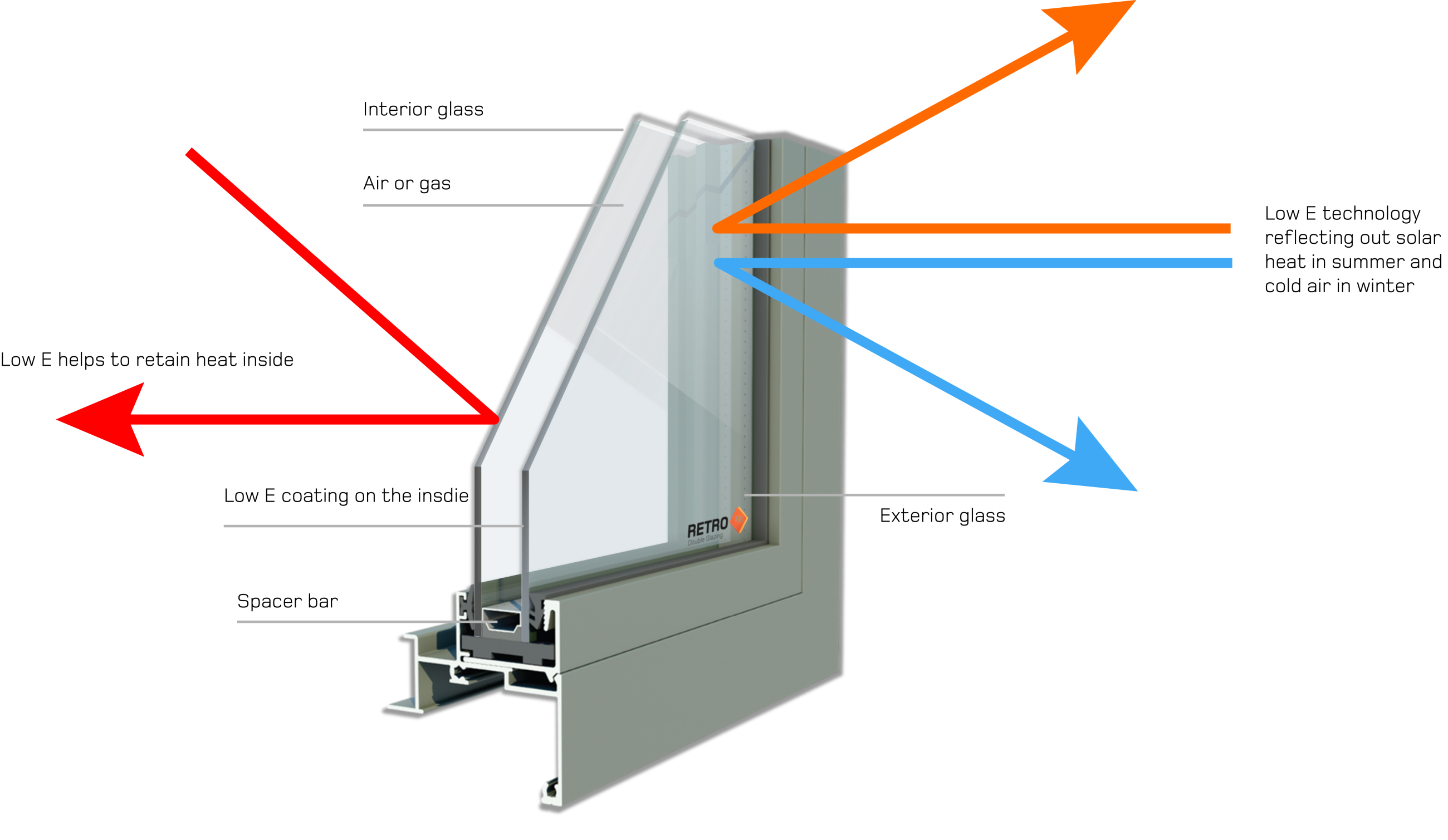
Our thermal insulation range
Our double glazing range significantly improves thermal insulation when compared to single glazing, helping keep your home warmer in winter. Plus our glass range offers additional performance benefits depending on your requirements. Talk to our experts today to select the right glass for your home.
*compared to single glazing
Summer Holiday Closure: 19 December 2025 – 12 January 2026
Retrofit will be closed for the summer break from midday Friday 19 December 2025 and will reopen Monday 12 January 2026. Wishing you a safe, relaxing and enjoyable holiday season!
Promotion - FREE upgrade on your retrofit double glazing, plus get 5% discount!
Plus enjoy flexible payment options to make it even easier to upgrade your home. Find out more HERE or 👉 Click here to get your free quote and claim your offer. Use code: FREEUPGRADE26. Terms apply.

